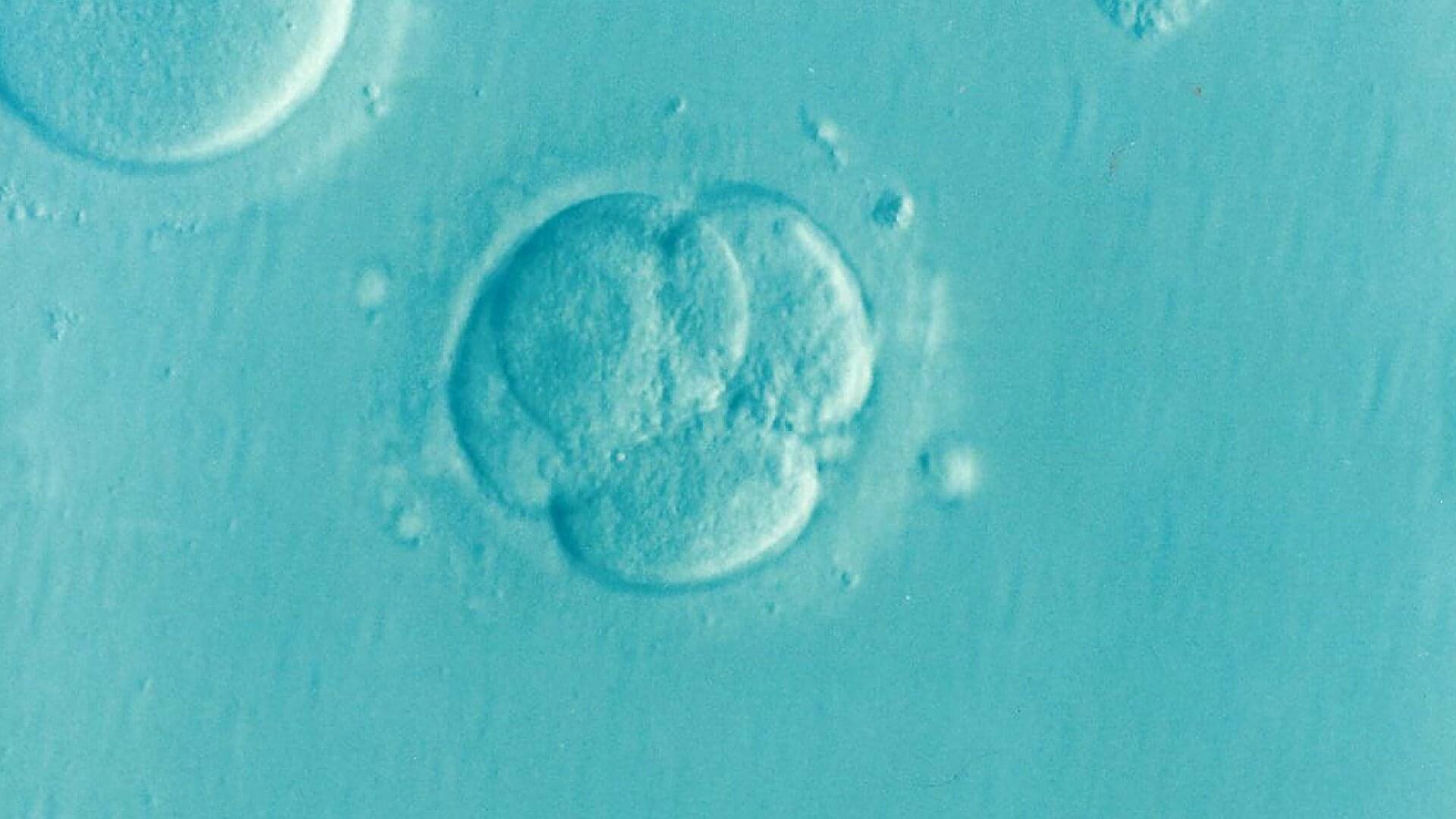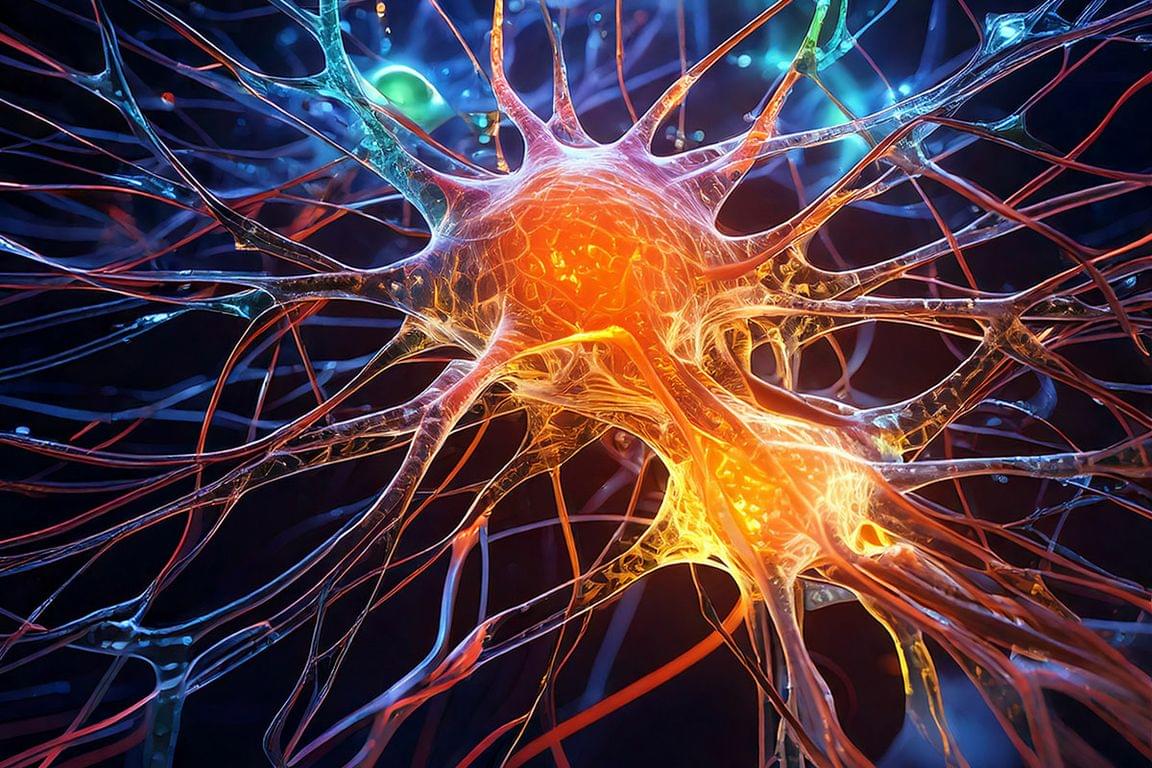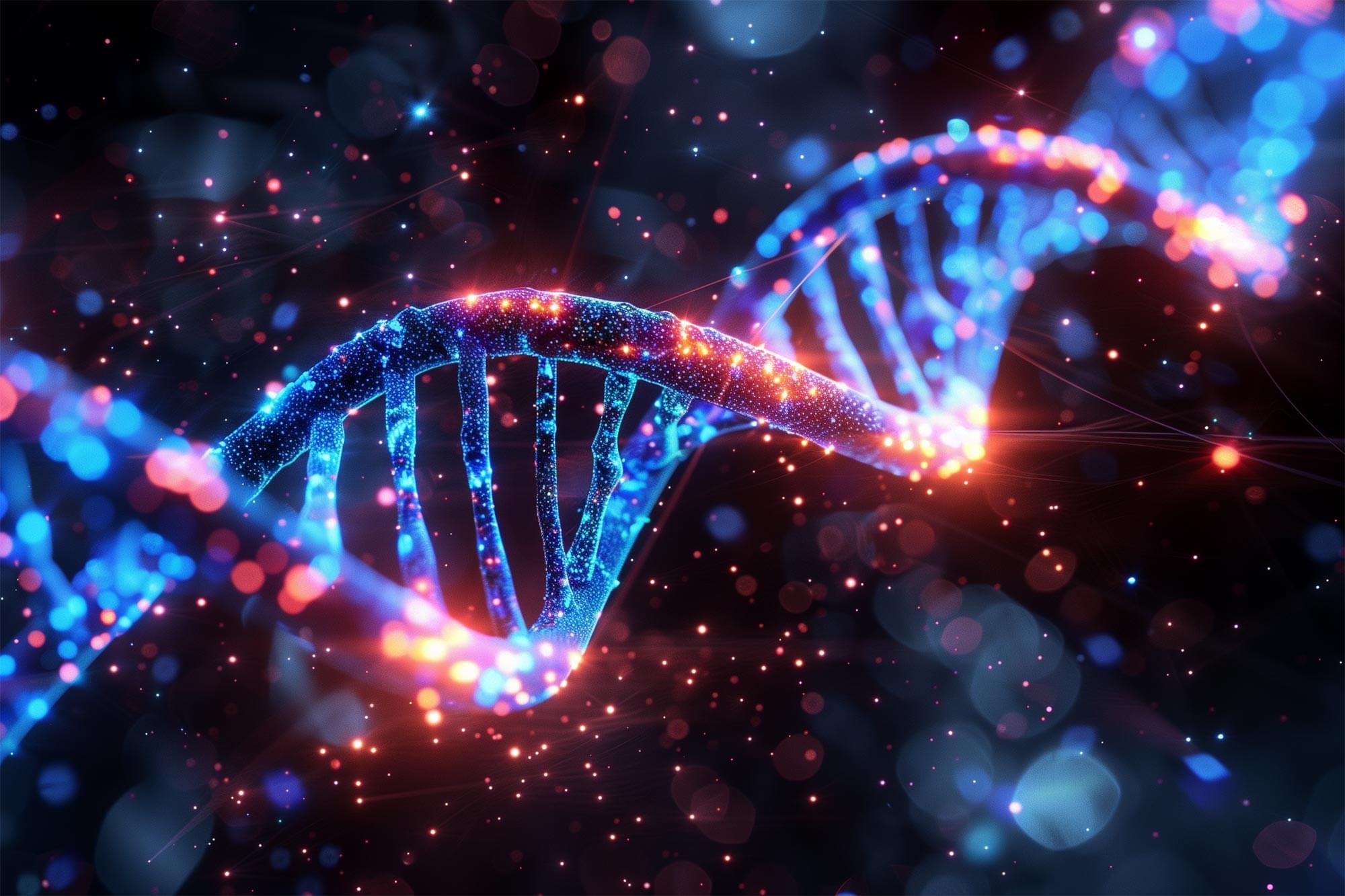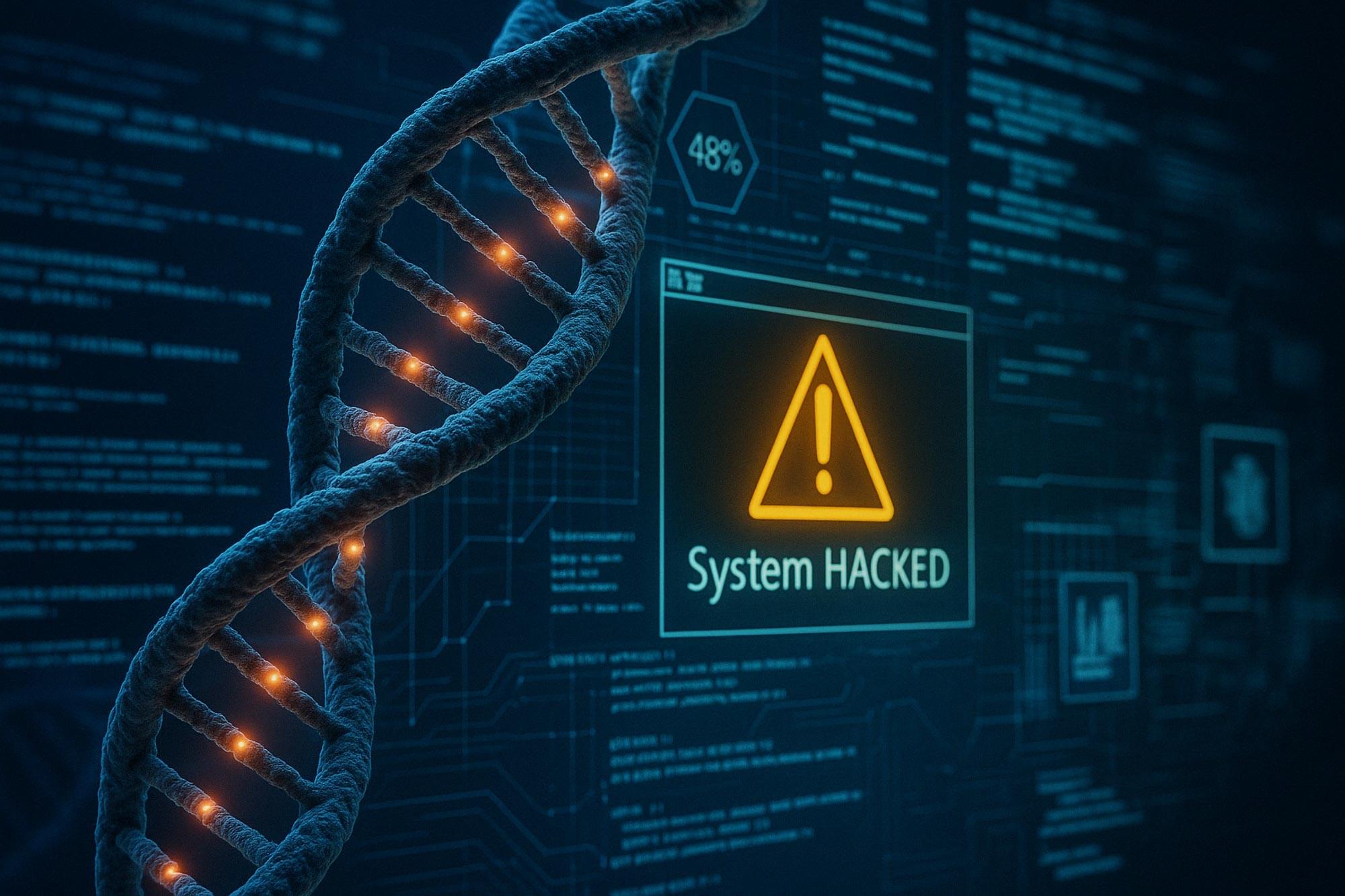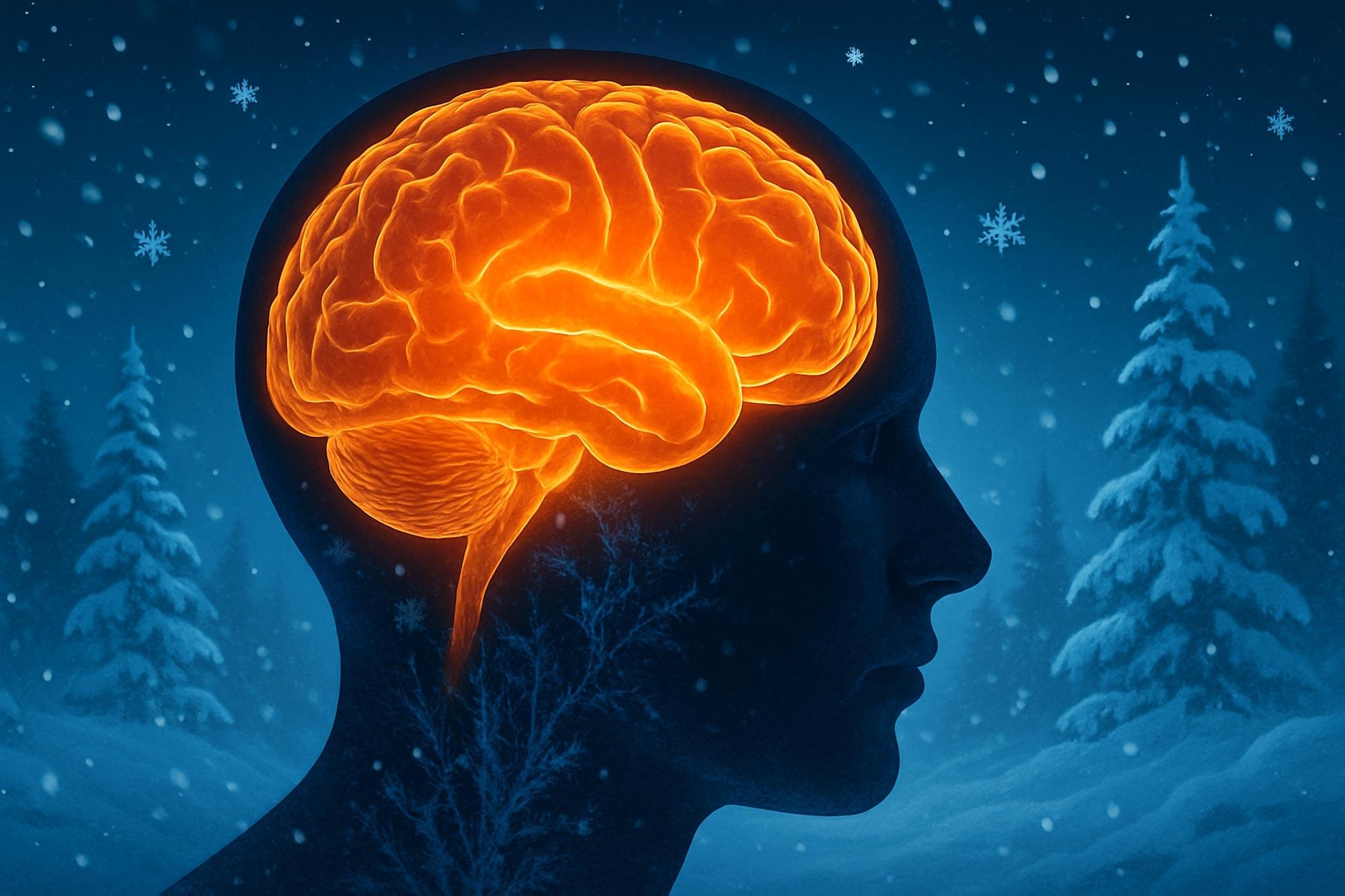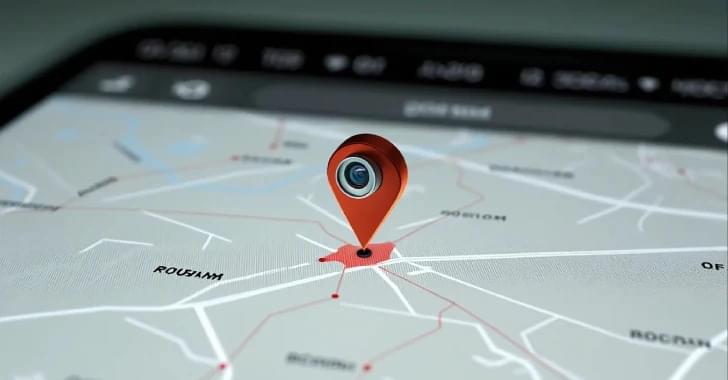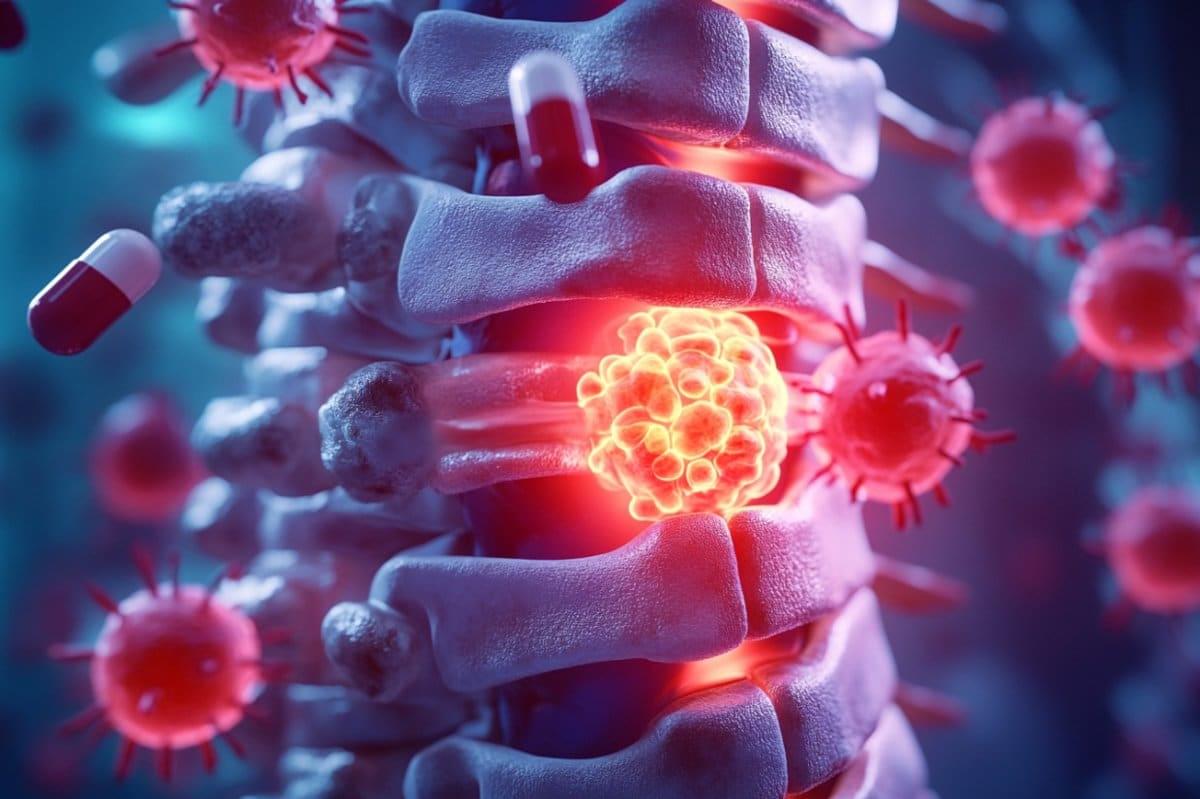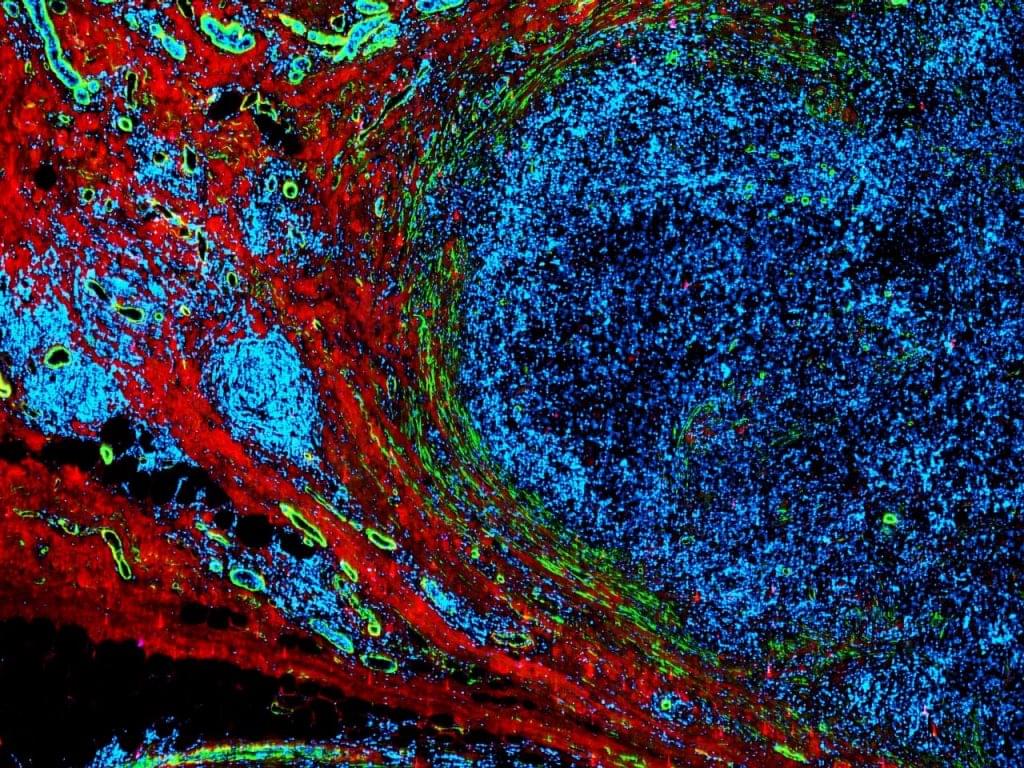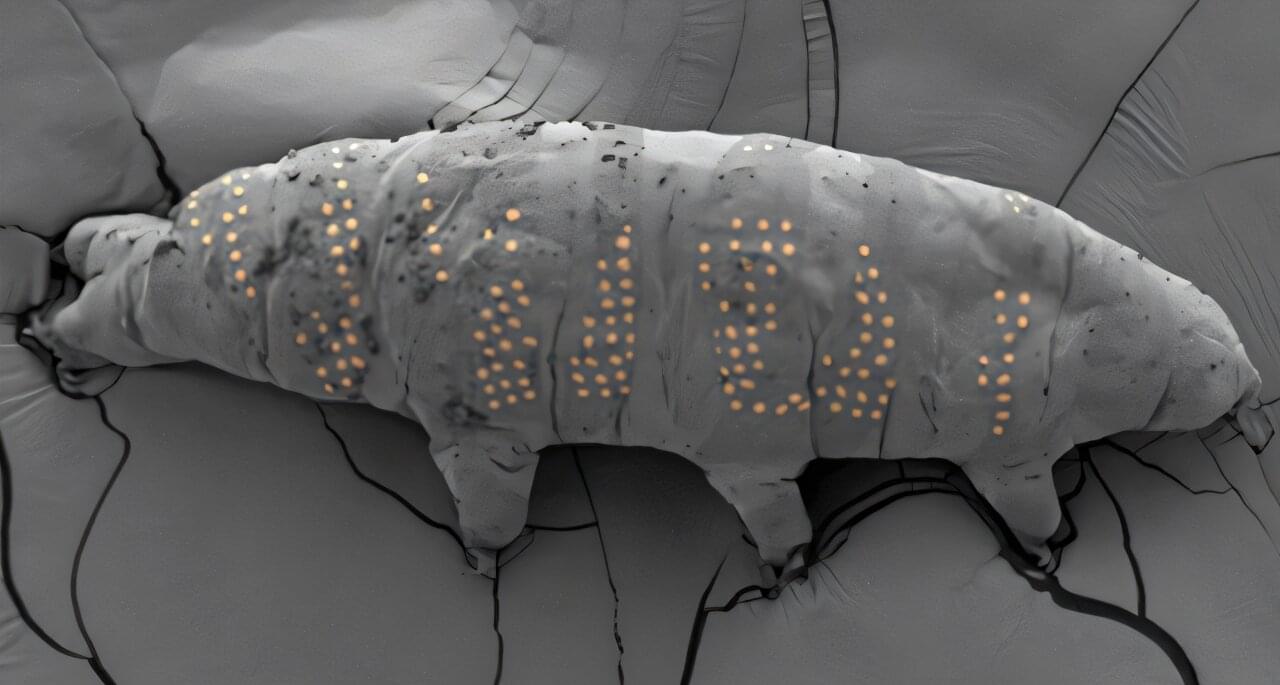A study has shown that a dangerous game of “brinkmanship” between rival genes in mammals could help explain why many fertilized eggs don’t result in a new life.
Within the genome, genes can be in conflict, where opposing chromosomes act in their own evolutionary interest. Although this tussle between male and female genes is commonly understood, what determines the winner—or if there even is one—has long proven elusive.
Biologists from the University of Bristol and University of Exeter have demonstrated that a dangerous game of “brinkmanship” could provide the answer, where the stakes are increasingly raised resulting in either the boldest being triumphant or mutual self-destruction. The paper is published in the Proceedings of the Royal Society B: Biological Sciences.
